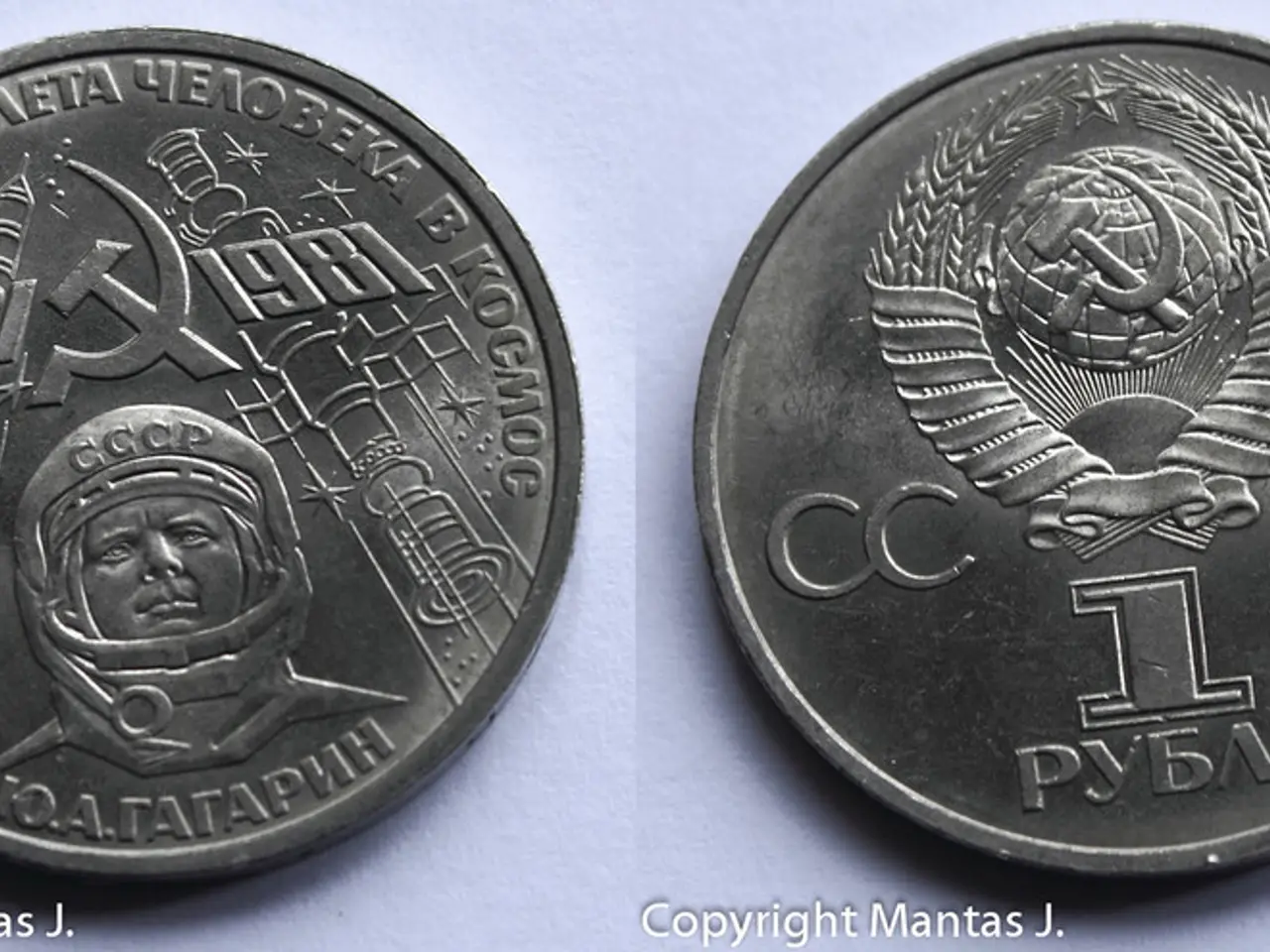Has the time come for banks to embrace blockchain technology?
In the rapidly evolving world of finance, traditional banks are increasingly adopting blockchain technology to revolutionise cross-border payment systems.
Banks Embrace Stablecoins for Faster, Cost-Effective Transfers
A significant shift can be seen in the adoption of stablecoins by banks, with 58% of traditional banks using them for cross-border payments as of mid-2025. This move enables near real-time settlement and reduces friction in corridors like Brazil and Mexico through networks like Circle Payments Network (CPN). This transition allows banks to move beyond pilot testing into full-scale stablecoin implementations, offering customers seamless experiences such as stablecoin-linked payment cards usable globally.
Permissioned Blockchain Networks for Secure Settlement
Banks are also deploying permissioned blockchain networks as alternatives to traditional correspondent banking. These private distributed ledger technologies allow atomic settlement—simultaneous, irrevocable fund transfers—minimising counterparty risk and removing the need for pre-funded accounts. Such blockchain infrastructures provide synchronized, immutable payment records, enhancing reconciliation and compliance transparency.
API Integration for Automation and Efficiency
Embedding blockchain-powered cross-border payments into banking platforms via APIs enables automation, faster reconciliation, and integration with enterprise resource planning (ERP) and treasury systems. Intelligent routing engines on these platforms optimise payment paths based on cost, liquidity, and risk factors.
Regulatory Compliance is Key
Banks must adopt a comprehensive regulatory compliance framework that covers anti-money laundering (AML), know your customer (KYC) procedures, and adheres to jurisdictional rules such as the Travel Rule for originator and beneficiary data sharing. Partnering with regulated crypto payment providers licensed in relevant jurisdictions ensures adherence to evolving regulatory landscapes across regions like the US, EU, and Asia-Pacific.
Leading the Way: Visa's Visa Tokenised Asset Platform (VTAP)
One platform leading the charge is Visa's VTAP. This versatile platform allows participating financial institutions to mint, burn, and transfer fiat-backed tokens within a single API connection. Unlike Citi Token Services for Cash and DBS's platform, the VTAP supports integrations between permissioned and public blockchains among financial institutions. As of early October, the VTAP was available in a test environment.
Banks Testing New Technologies
Several banks are testing new blockchain-powered platforms. For instance, BBVA, a Spanish lender, has adopted the VTAP to test the issuance, transfer, and redemption of bank tokens. Japanese banks MUFG, SMBC, and Mizuho piloted the integration of blockchain infrastructure with the Swift network in September, focusing on improving cross-border remittance services. First Abu Dhabi Bank partnered with J.P. Morgan to pilot programmable payments in September, using JPM Coin Blockchain Deposit Accounts.
The Future of Banking with Blockchain
While the long-term potential of blockchain technology in expanding the banking sector with new financial solutions remains to be seen, it's clear that blockchain-powered infrastructure is enabling instant, 24/7 liquidity management on both Citi's and DBS's platforms. Both Citi's and DBS's platforms replace traditional transactions with contracts backed by tokenised cash, offering real-time, always-on cross-border payments services to institutional clients. DBS's platform provides treasury tokens, conditional payments, and programmable rewards for its lender's clients.
In conclusion, the future of cross-border payments in banking looks promising with the integration of stablecoins, permissioned blockchain networks, APIs for automation, and strict regulatory compliance measures. Platforms like Visa's VTAP are paving the way for a more efficient, secure, and cost-effective cross-border payment landscape.
- Banks are embracing stablecoins for faster, cost-effective transfers, allowing near real-time settlement and reduced friction in corridors like Brazil and Mexico, as seen in the 58% of traditional banks using them for cross-border payments as of mid-2025.
- Banks are also deploying permissioned blockchain networks for secure settlement, minimizing counterparty risk and enhancing reconciliation and compliance transparency by offering synchronized, immutable payment records.




